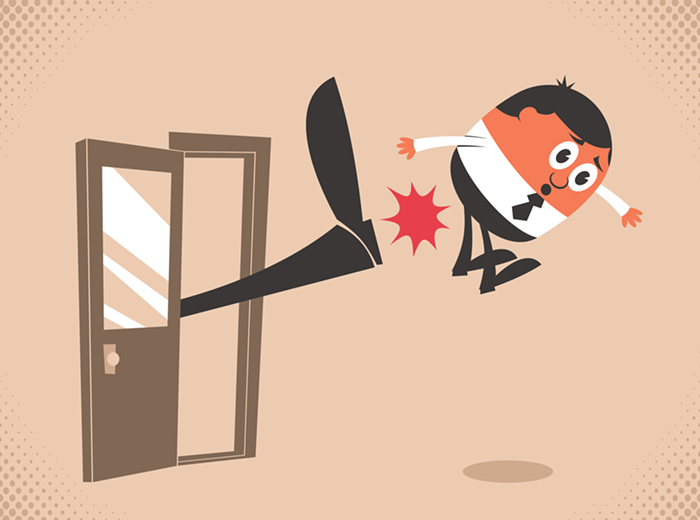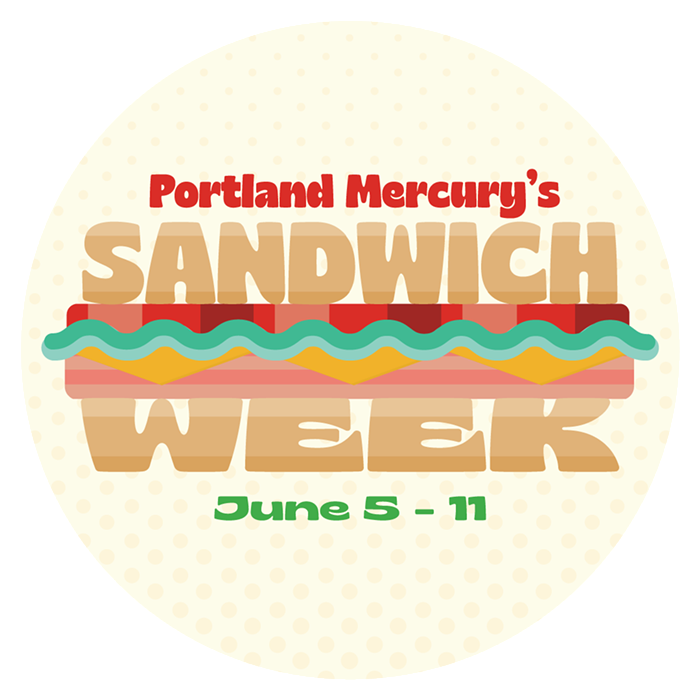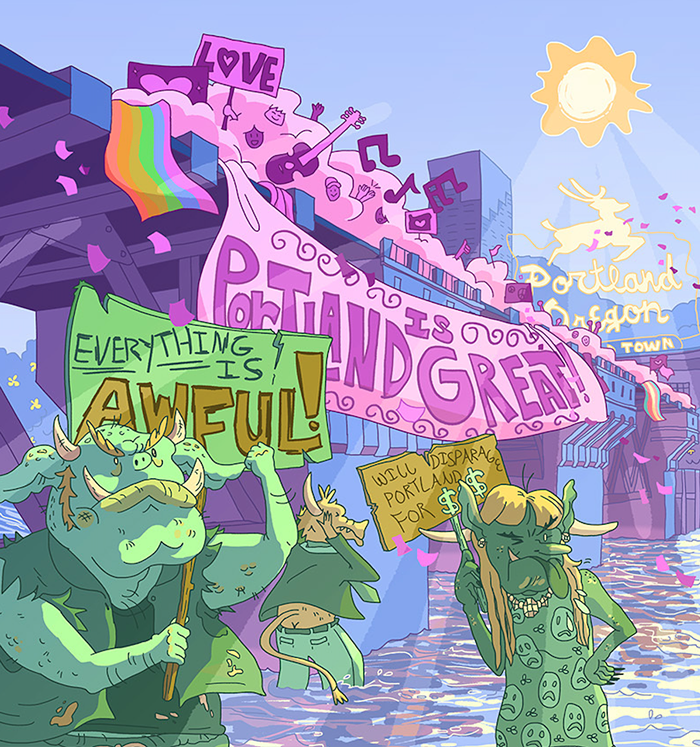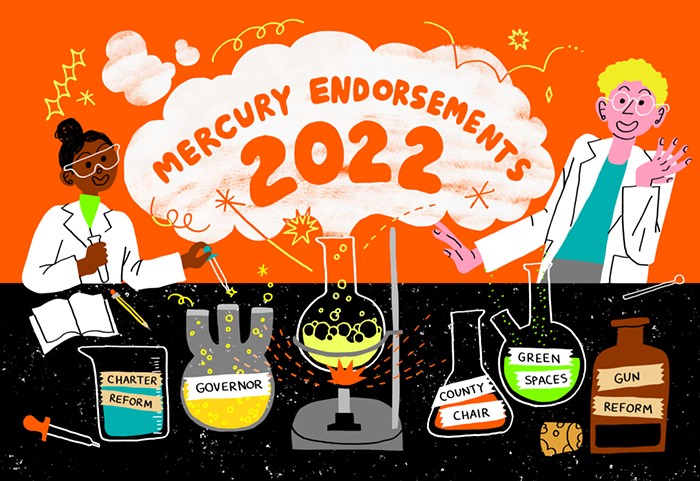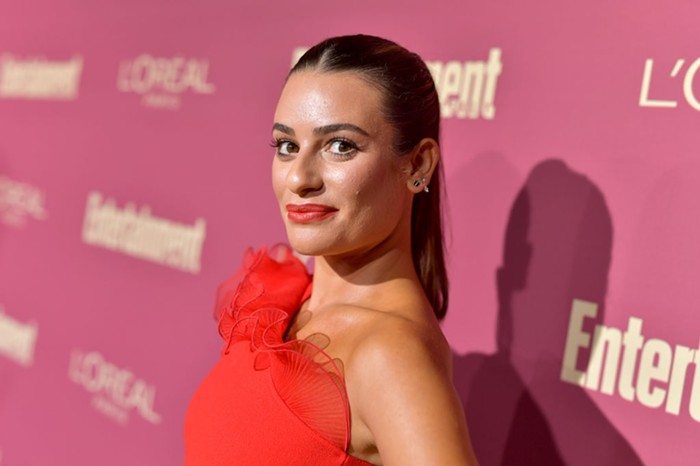Each year for the Time-Based Art Festival, PICA Visual Art Curator Kristan Kennedy assembles artists around a theme. This year, that theme is poetry. It sounds pretty antique on the surface, but poetry was chosen for very good reason: these days, International Art English is everywhere, artists are getting tired of using it, and potential audiences are increasingly alienated by it; so Kennedy and others in her field are now looking to poetry to find new ways of making, interpreting, and talking about art.
If you're unfamiliar, International Art English is the unofficial yet undeniable native tongue of the art world. It's found in press releases and artist statements, it's taught in colleges, it's the common voice of dominant art institutions and critical publications… It's everywhere. Read Triple Canopy's highly-influential essay on the subject if you want to know about grammar specifics and the data used to substantiate the theory, but in practice, IAE can be understood to have a white-washing effect on meaning— creating a sort of theater of authority where nebulous language is staged. I find it extremely common to read a press release for an art show and feel no closer to what an artist is trying to say. And if this regularly happens to an art writer like myself, I can only imagine how people with no professional interest in art feel when they encounter IAE. It's gotta be alienating, and moreover, as IAE is misused in its own echo chamber, it becomes an increasingly dysfunctional tool within the art world itself.
So as older generations hang on to IAE and younger artists and curators actively reject it, we're seeing a time when the language surrounding art deserves some attention, and that's where Kennedy's focus on poetry comes into play.
"Artists are telling me, 'We don't have the right words to describe our work anymore,' or, 'We don't wanna put words on work' in terms of critical language or art language," says Kennedy. "I was thinking about this expanded field of language and where poetry fits in, and why, maybe, we need it now," she explains.
Though, this thematic illumination of poetry isn't so cut and dry. Kennedy fills us in on the nuances: "One of the things I want to avoid, to be honest— even though I just spent twenty minutes talking about poetry— is that the show isn't about poetry. It's about new ways of reading work or experiences, and poems are one way that sort of gives us a window into that methodology. So, I don't think [TBA:14 contributing artist] Jennifer [West]'s work has any tie to the way a poem is. And maybe it's less about poems and more about poetics, which are two different things."
She further explains her stance on poetics: "When we see a work of art that is beautiful, often the first word that comes to mind is that it's poetic. And we're using that word kind of in a wrong way, but we understand its meaning, and I think that some of these pieces what I'm interested in and maybe what the artists are interested in is breaking apart an idea and a process and a medium that they work with, that they're familiar with, to find deeper meaning or new meaning and see it rearranged."
So this surface discussion of poetry becomes more of a rejection of International Art English, with sights on poetics as a tool to discover new ways of viewing and creating art.
I'm personally really excited about the intent behind TBA:14's visual art program, the bulk of which will be debuted tonight at Fashion Tech (2010 SE 8th) in conjunction with the festival's late-night WORKS programming.
And stay tuned to the blog for more about TBA:14's visual art offerings!

